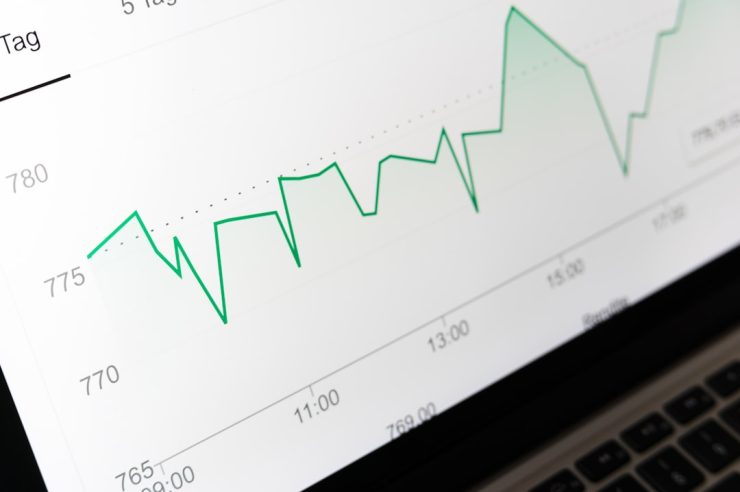In today’s digital era, social media isn’t just a platform for engagement and branding—it’s a pivotal tool for measuring the success of marketing efforts. Understanding the return on investment (ROI) from social media campaigns helps businesses optimize their strategies, allocate budgets wisely, and ultimately drive better results. But how exactly do social media tools contribute to tracking ROI? The answer lies in data, analytics, and smart integration.
What is ROI in Social Media?
Before diving into the role of tools, it’s important to define what ROI means in the context of social media. Essentially, ROI represents the value gained from social media marketing efforts compared to the resources invested (including time, money, and manpower). This can include tangible results like sales and lead generation, as well as intangible benefits such as brand awareness and customer engagement.
The Role of Social Media Analytics Tools
Modern analytics tools take the guesswork out of social media marketing. Platforms like Google Analytics, Hootsuite, Sprout Social, and Buffer provide businesses with in-depth insights that aid in measuring various performance metrics. Here’s how these tools help in tracking ROI:
- Performance Metrics: Track likes, shares, comments, and other engagement data across platforms.
- Conversion Tracking: Link social media actions to website conversions, such as form completions or product purchases.
- Audience Insights: Understand your demographics, interests, and interaction patterns.
- Campaign Analytics: Measure which campaigns are driving the highest returns and which need adjustment.
- Custom Reporting: Create tailored reports that align with business KPIs and goals.
[ai-img]social media chart analytics metrics[/ai-img]
Integrating UTM Parameters and Conversion Pixels
Another powerful way social media tools help track ROI is through the use of UTM parameters and conversion pixels. When added to links, UTM parameters allow marketers to trace traffic back to precise campaigns or posts. Combined with tools like Google Analytics, this provides a clearer picture of which content is performing best. Meanwhile, Facebook Pixel and Twitter’s conversion tracking allow marketers to measure direct actions taken by users after interacting with social media ads—especially critical for e-commerce businesses.
Real-Time Monitoring and Adjustments
Many social media tools offer real-time tracking, which is crucial for agile marketing strategies. If a campaign is underperforming, marketers can make adjustments on the fly—tweaking copy, changing creative, or modifying targeting—to improve ROI. This kind of agility was nearly impossible with traditional advertising, but social media has made it a reality.
Cost-Per-Result Analysis
Social media tools allow businesses to break down the cost for each action—be it a click, impression, lead, or sale. For example, Facebook Ads Manager provides detailed metrics like:
- Cost Per Click (CPC)
- Cost Per Acquisition (CPA)
- Return on Ad Spend (ROAS)
This transparency enables marketers to assess whether campaigns are financially justifiable and where to focus future investment.
Benchmarking and Goal Setting
Tracking ROI also allows for meaningful goal setting. Social media platforms and third-party tools provide historical data which can be used as benchmarks to evaluate performance over time. Businesses can set SMART goals—Specific, Measurable, Achievable, Relevant, and Time-bound—and use tools to monitor how well each campaign is progressing toward these targets.
[ai-img]team meeting digital marketing report goals[/ai-img]
Attribution Models and Multi-Touch Tracking
ROI measurement has evolved to consider the complexity of customer journeys. Tools now support attribution modeling, helping marketers determine which touchpoints are most influential. From first-click to last-click and even position-based models, these insights show how social media contributes not only in the beginning but throughout the funnel.
Visualizing ROI Through Dashboards
Information is only useful if it’s accessible and understandable. Platforms like Tableau, Data Studio, and even built-in dashboards in social media tools help visualize ROI through customizable widgets and real-time data. This allows teams and stakeholders to make informed decisions quickly.
Conclusion
Tracking ROI from social media campaigns has never been easier or more precise. Thanks to advanced tools, businesses can go beyond vanity metrics and focus on what really counts—the impact of social media on their bottom line. By leveraging analytics, conversion tracking, and real-time reporting, marketers can make data-driven decisions that lead to higher returns and long-term success.



